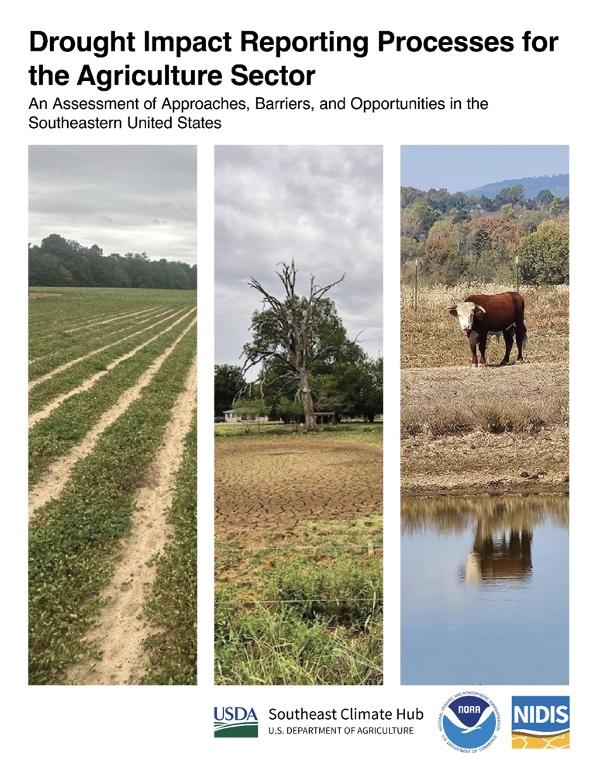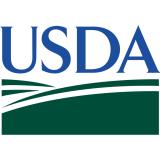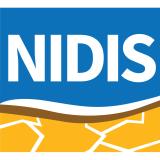Drought Impact Reporting Processes for the Agricultural Sector: An Assessment of Different Approaches, Barriers, and Opportunities in the Southeast

The U.S, Department of Agriculture (USDA) Southeast Climate Hub collaborated with the NOAA National Integrated Drought Information System (NIDIS) Southeast Drought Early Warning System (DEWS) on a joint assessment of how Southeastern states record, report, and utilize information about drought impacts on agriculture. This assessment, conducted via interviews in 2021-2022 with federal and state entities, focused on the following:
- Understand state-specific approaches and methods involving drought impact reports
- Identify various barriers associated with the collection and utilization of drought impact reports in each state’s process
- Highlight practices and approaches that have successfully improved the incorporation and use of these reports
- Identify opportunities for improving the utilization and effectiveness of impact reports.
For more information, please contact Meredith Muth (meredith.f.muth@noaa.gov).
Research Snapshot
Elijah Worley, USDA Southeast Climate Hub
Michael Gavazzi and Steve McNulty, USDA Southeast Climate Hub; Meredith Muth, NOAA/NIDIS
Results of This Research
Read the assessment: Drought Impact Reporting Processes for the Agricultural Sector: An Assessment of Different Approaches, Barriers, and Opportunities for the Southeastern United States.
This assessment highlights effective practices implemented across the Southeast to share lessons learned. It also identifies existing barriers and opportunities states can use to improve collection and use of drought impact reporting in state drought processes. Specific barriers and opportunities were identified in the following three categories: (1) building and sustaining a strong community of reporters, (2) streaming data collection, and (3) strengthening institutional capacity.
The effective practices highlighted in this document are a blueprint to further strengthen agriculture-based impact reporting by working collaboratively with extension, USDA offices, and state drought monitoring efforts. It can also inform future state drought monitoring and planning efforts, local extension services, the Southeast DEWS network, and the USDA Climate Hub network.





